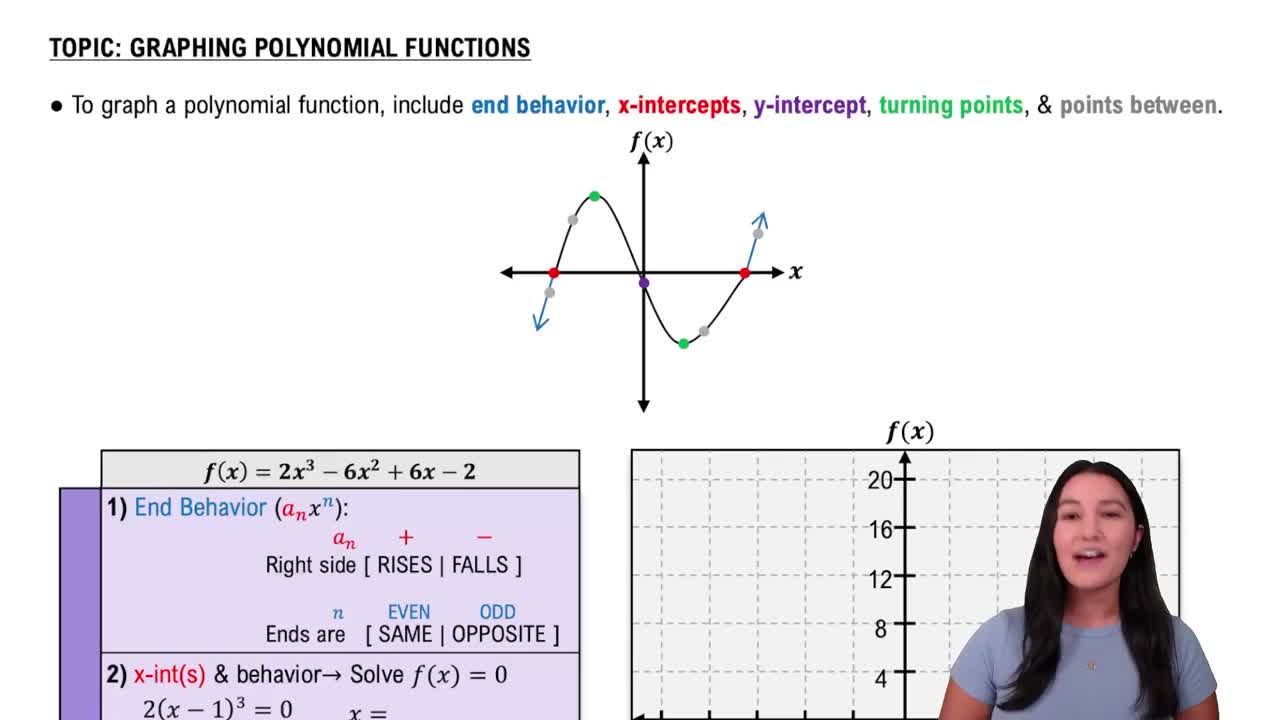Here are the essential concepts you must grasp in order to answer the question correctly.
Inequalities
Inequalities are mathematical expressions that show the relationship between two values when they are not equal. They can be represented using symbols such as '≥' (greater than or equal to), '≤' (less than or equal to), '>' (greater than), and '<' (less than). Understanding how to manipulate and solve inequalities is crucial for determining the solution set of an inequality.
Recommended video:
Quadratic Functions
A quadratic function is a polynomial function of degree two, typically expressed in the form f(x) = ax^2 + bx + c, where a, b, and c are constants. The graph of a quadratic function is a parabola, which can open upwards or downwards depending on the sign of 'a'. Solving inequalities involving quadratic functions often requires finding the roots of the equation, which helps in determining the intervals where the function is positive or negative.
Recommended video:
Solving Quadratic Equations Using The Quadratic Formula
Graphing Solution Sets
Graphing solution sets involves representing the solutions of an inequality on a number line. This visual representation helps to easily identify the intervals that satisfy the inequality. When graphing, closed circles indicate that the endpoint is included in the solution (for '≥' or '≤'), while open circles indicate that it is not included (for '>' or '<'). Understanding how to accurately graph these intervals is essential for conveying the solution clearly.
Recommended video:
Graphing Polynomial Functions
 Verified step by step guidance
Verified step by step guidance Verified video answer for a similar problem:
Verified video answer for a similar problem:

